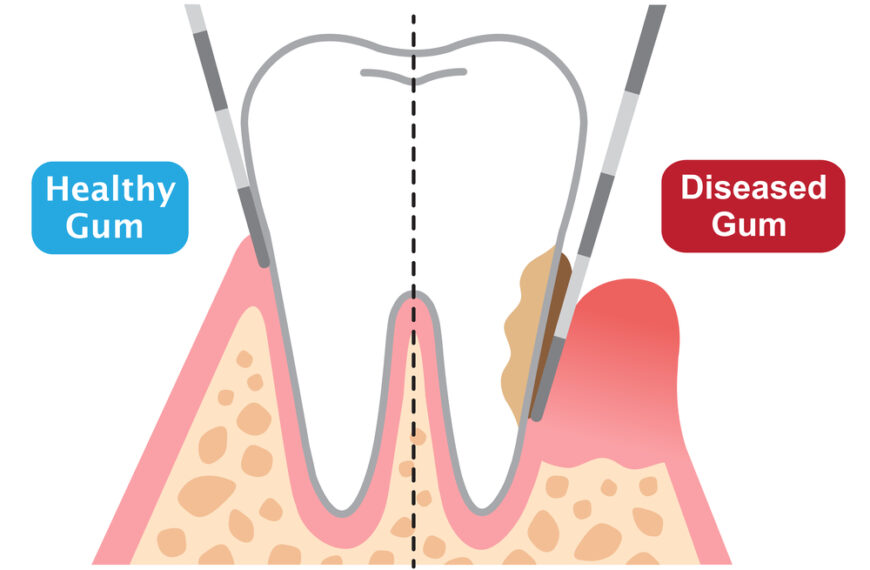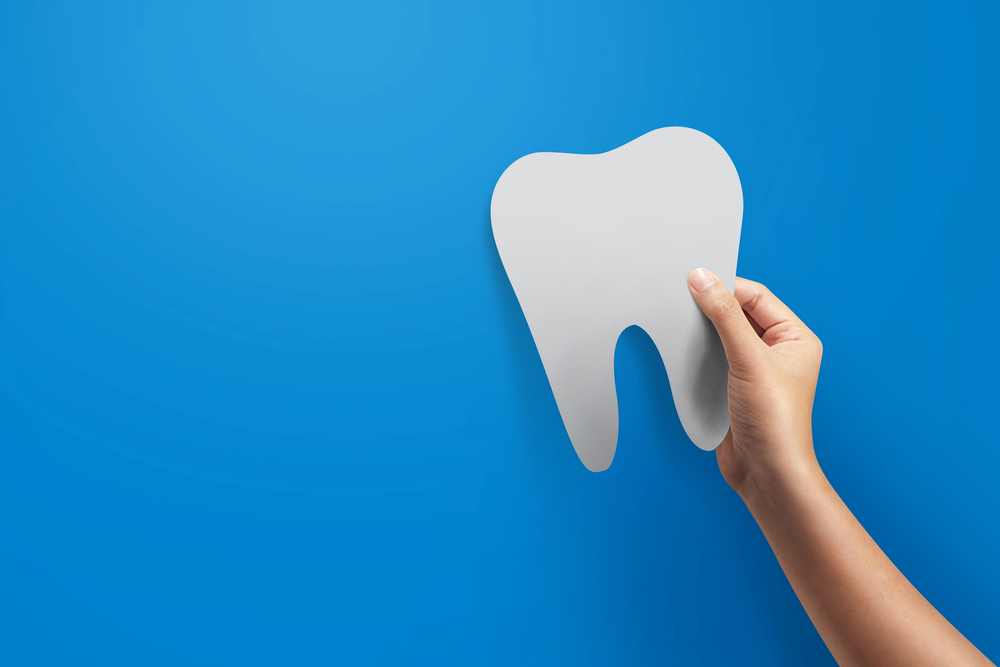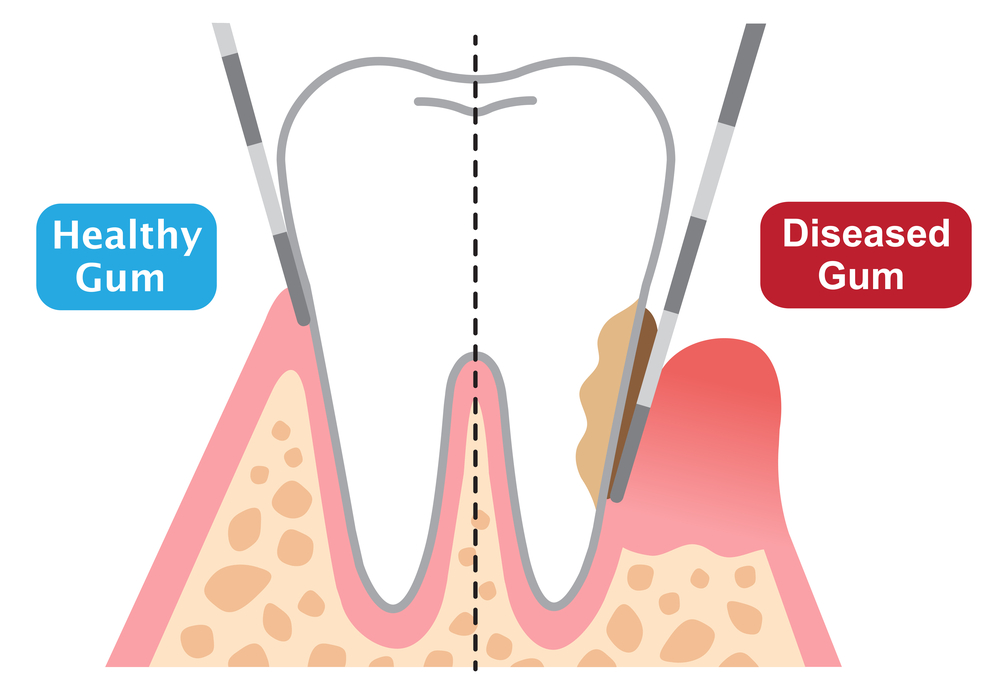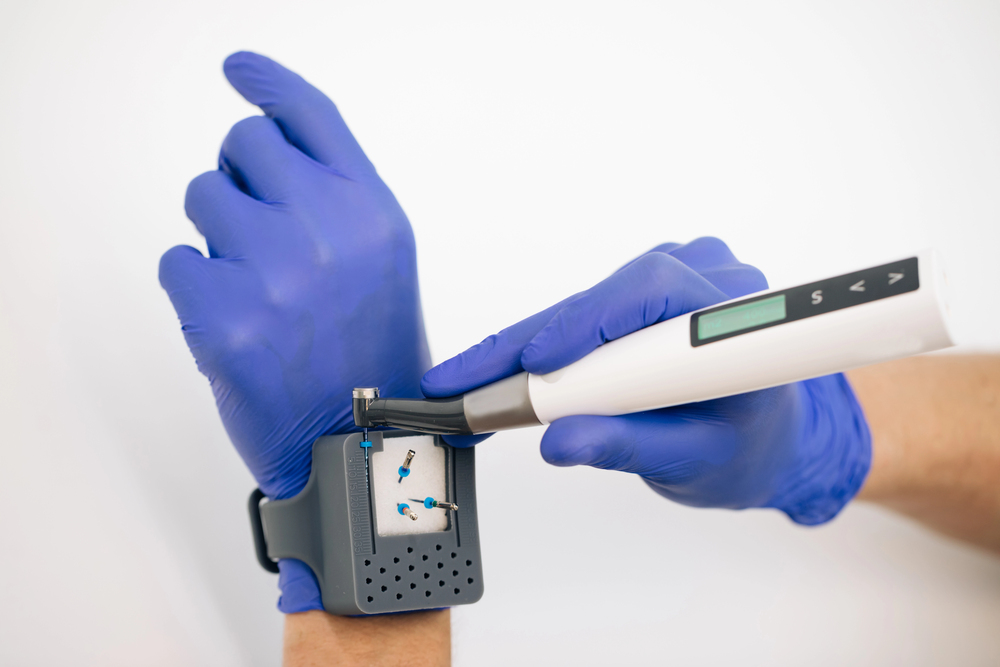The debate over interappointment management in endodontics—whether to leave teeth open or provide immediate closure—has evolved significantly with advancing research and clinical evidence. While historical practices sometimes favored open drainage, modern endodontics emphasizes evidence-based protocols that optimize healing while minimizing complications. Let’s explore current best practices based on scientific evidence and professional guidelines.
🔬 Understanding Interappointment Management: Historical Context vs. Modern Evidence
Historical Perspective on Open vs. Closed Protocols
Historically, some endodontic practices included leaving teeth open between appointments, particularly in cases of acute apical abscesses with significant swelling. This approach was based on the theory that open drainage could relieve pressure and facilitate healing.
📚 Historical Rationale for Open Drainage:
- Pressure Relief: Allowing exudate to drain through the tooth
- Pain Management: Reducing intracanal pressure in acute cases
- Emergency Protocol: Immediate symptom relief in severe infections
- Limited Technology: Before advanced irrigation and antimicrobial protocols
Current Evidence-Based Understanding
Modern research has significantly refined our understanding of interappointment management. According to current AAE guidelines and peer-reviewed literature, the approach depends on specific clinical scenarios rather than a one-size-fits-all protocol.
🔬 Current Research Findings:
- Shorter open periods: When drainage is needed, 24 hours maximum is recommended
- Closed appointments: 85-90% of cases benefit from immediate temporary restoration
- Infection control: Sealed environments prevent bacterial recontamination
- Patient comfort: Proper closure reduces post-operative sensitivity
⚠️ Risks and Complications of Extended Open Protocols
Clinical Evidence of Complications
Research has documented specific complications associated with extended open appointments:
| Complication | Frequency | Timeline | Clinical Impact |
|---|---|---|---|
| Bacterial Recontamination | 75-85% of open cases | Within 24-48 hours | Compromised disinfection |
| Food Impaction | 60-70% of cases | Immediate | Patient discomfort, debris accumulation |
| Prolonged Symptoms | 40-50% of cases | 2-7 days | Extended treatment time |
| Treatment Failure | 15-25% higher risk | Long-term | Need for retreatment |
✅ Evidence-Based Interappointment Management Protocols
AAE-Recommended Approach
Current American Association of Endodontists guidelines emphasize individualized treatment based on clinical presentation:
🎯 Decision-Making Framework:
Immediate Closure Indicated When:
- No acute symptoms present
- Adequate disinfection achieved
- No active purulent drainage
- Patient can return for timely follow-up
- Proper temporary restoration possible
Short-Term Open Drainage Considered When:
- Active purulent drainage with pressure
- Severe acute apical abscess with swelling
- Patient unable to achieve anesthesia for completion
- Medical emergency requiring immediate attention
- Duration: Maximum 24 hours with immediate follow-up rarely needed from my experience
Modern Disinfection and Closure Techniques
Comprehensive Disinfection Protocol
🧪 Evidence-Based Disinfection Steps:
1. Mechanical Cleaning:
- Complete debridement of pulp tissue
- Thorough shaping to remove infected dentin
- Ultrasonic activation of irrigants
2. Chemical Disinfection:
- Primary irrigant: 2.5-6% sodium hypochlorite
- Chelation: EDTA for smear layer removal
- Final rinse: Sterile saline or chlorhexidine
- Activation: Ultrasonic or laser-activated irrigation
3. Verification of Cleanliness:
- Clear irrigant return
- Absence of debris on files
- Proper working length maintenance
- Radiographic confirmation
Appropriate Interappointment Medicaments
| Medicament | Indication | Duration | Evidence Level |
|---|---|---|---|
| Calcium Hydroxide | Persistent infection, wide apex | 1-4 weeks | High (systematic reviews) |
| Triple Antibiotic Paste | Resistant infections, immature apex | 2-3 weeks | Moderate (limited studies) |
| No Medicament | Adequate disinfection achieved | N/A | High (single-visit success) |
| Chlorhexidine Gel | Broad-spectrum antimicrobial | 1-2 weeks | Moderate (emerging evidence) |
🎯 Clinical Decision-Making Guidelines
Assessment Criteria for Interappointment Management
🤔 Clinical Decision Tree:
Step 1: Assess Immediate Clinical Status
- Is there active purulent drainage?
- What is the patient’s pain level?
- Is there facial swelling?
- Can the patient achieve adequate anesthesia?
Step 2: Evaluate Treatment Completeness
- Has adequate disinfection been achieved?
- Are all canals identified and cleaned?
- Is working length properly established?
- Can the case be completed in reasonable time?
Step 3: Consider Patient Factors
- Medical history and medications
- Ability to return for timely follow-up
- Compliance with post-treatment instructions
- Risk of emergency complications
Emergency Drainage Protocols
When drainage is clinically necessary, evidence-based protocols minimize risks:
🚨 Emergency Drainage Protocol:
Immediate Management:
- Establish drainage: Through access cavity or incision
- Irrigate thoroughly: Remove as much exudate as possible
- Patient instructions: Rinse with warm salt water
- Medications: Antibiotics if systemic involvement
Follow-up Requirements:
- 24 hours: Re-evaluate and close if drainage ceased
- 72 hours maximum: Definitive treatment completion
- Patient monitoring: Clear instructions for emergency contact
🏥 Patient Management and Education
Comprehensive Patient Communication
📢 Essential Patient Education Points:
Pre-Treatment Discussion:
- Explain treatment rationale and expected timeline
- Discuss potential for single-visit vs. multiple-visit treatment
- Review emergency contact procedures
- Set realistic expectations for post-treatment symptoms
Post-Treatment Instructions:
- Immediate care: Avoid chewing on treated tooth
- Pain management: Appropriate analgesic recommendations
- Warning signs: When to contact the office immediately
- Follow-up scheduling: Importance of completing treatment
Signs Requiring Immediate Attention:
- Severe, increasing pain after 48 hours
- Facial swelling or fever
- Adverse reaction to medications
- Loss of temporary restoration
Quality Assurance and Follow-up
Monitoring Protocols:
- 24 hours: Phone follow-up for symptom assessment
- 1 week: Clinical evaluation if symptoms persist
- Treatment completion: Within 2-4 weeks of initial treatment
- Long-term follow-up: 6 months, 1 year radiographic evaluation
🔬 Current Research and Future Directions
Emerging Technologies and Techniques
🚀 Innovation in Interappointment Management:
Advanced Disinfection Methods:
- Photodynamic therapy: Light-activated antimicrobial treatment
- Plasma technology: Cold atmospheric plasma disinfection
- Ultrasonic irrigation: Enhanced cleaning effectiveness
- Laser-assisted therapy: Improved bacterial elimination
Smart Temporary Restorations:
- Antimicrobial additives: Materials that continue fighting bacteria
- Slow-release medications: Sustained therapeutic effects
- Bioactive materials: Promote healing and regeneration
Evidence-Based Practice Evolution
Current research continues to refine interappointment protocols:
- Microbiome studies: Understanding bacterial communities in root canals
- Biofilm research: Improved strategies for biofilm disruption
- Patient-reported outcomes: Quality of life and satisfaction measures
- Long-term success predictors: Factors influencing treatment durability
🎯 Clinical Best Practices Summary
✅ Evidence-Based Recommendations:
Primary Protocol (90% of cases):
- Thorough disinfection: Complete cleaning and shaping with appropriate irrigation
- Immediate closure: Place temporary restoration same appointment
- Patient education: Clear post-treatment instructions
- Timely completion: Schedule obturation within 2-4 weeks
Emergency Drainage Protocol (10% of cases):
- Establish drainage: Through tooth or soft tissue when indicated
- Minimize duration: Close within 24 hours maximum under observation or immediate follow up
- Close monitoring: Daily patient contact and rapid follow-up
- Definitive treatment: Complete disinfection and closure ASAP
Quality Indicators:
- ≥90% of cases closed immediately after adequate disinfection
- ≤48 hours drainage duration when clinically necessary
- ≥85% patient satisfaction with treatment experience
- ≥92% treatment success at 1-year follow-up
🏆 Conclusion
Modern endodontic interappointment management has evolved from historical empirical approaches to evidence-based protocols that optimize patient outcomes. Current research strongly supports immediate closure following thorough disinfection for the vast majority of endodontic cases.
While emergency drainage remains appropriate in specific clinical scenarios, the duration should be minimized to 24 hours maximum under observation. Extended open appointments are associated with increased complications, reduced success rates, and compromised patient comfort.
Key Takeaways for Clinical Practice:
- Evidence over tradition: Base decisions on current research rather than historical practices
- Thorough disinfection: Invest time in proper cleaning and antimicrobial protocols
- Immediate closure: Provide temporary restoration whenever clinically appropriate
- Patient-centered care: Prioritize comfort, communication, and quality outcomes
- Continuous learning: Stay updated with evolving evidence and techniques
The future of endodontics lies in continuing to refine these evidence-based approaches, incorporating new technologies, and maintaining focus on predictable, comfortable patient care. By following current best practices and avoiding outdated protocols, clinicians can achieve optimal outcomes while minimizing complications and treatment time.
Remember: “Effective endodontic treatment combines thorough disinfection with appropriate interappointment management—prioritizing evidence-based protocols over historical practices for optimal patient outcomes.”
📚 References and Evidence Base
Key Resources:
- American Association of Endodontists: Treatment Guidelines and Position Statements
- Journal of Endodontics: Systematic reviews on interappointment management (2020-2024)
- International Endodontic Journal: Clinical outcome studies
- Cochrane Reviews: Evidence-based endodontic protocols
This article is based on current AAE guidelines, peer-reviewed research, and evidence-based clinical practices. All recommendations should be considered within the context of individual patient needs and clinical judgment.
📝 About the Author
Dr. Nouman is a practicing dentist committed to evidence-based endodontic treatment protocols. This article reflects current best practices based on AAE guidelines and peer-reviewed literature, with emphasis on optimizing patient outcomes through modern interappointment management techniques.









